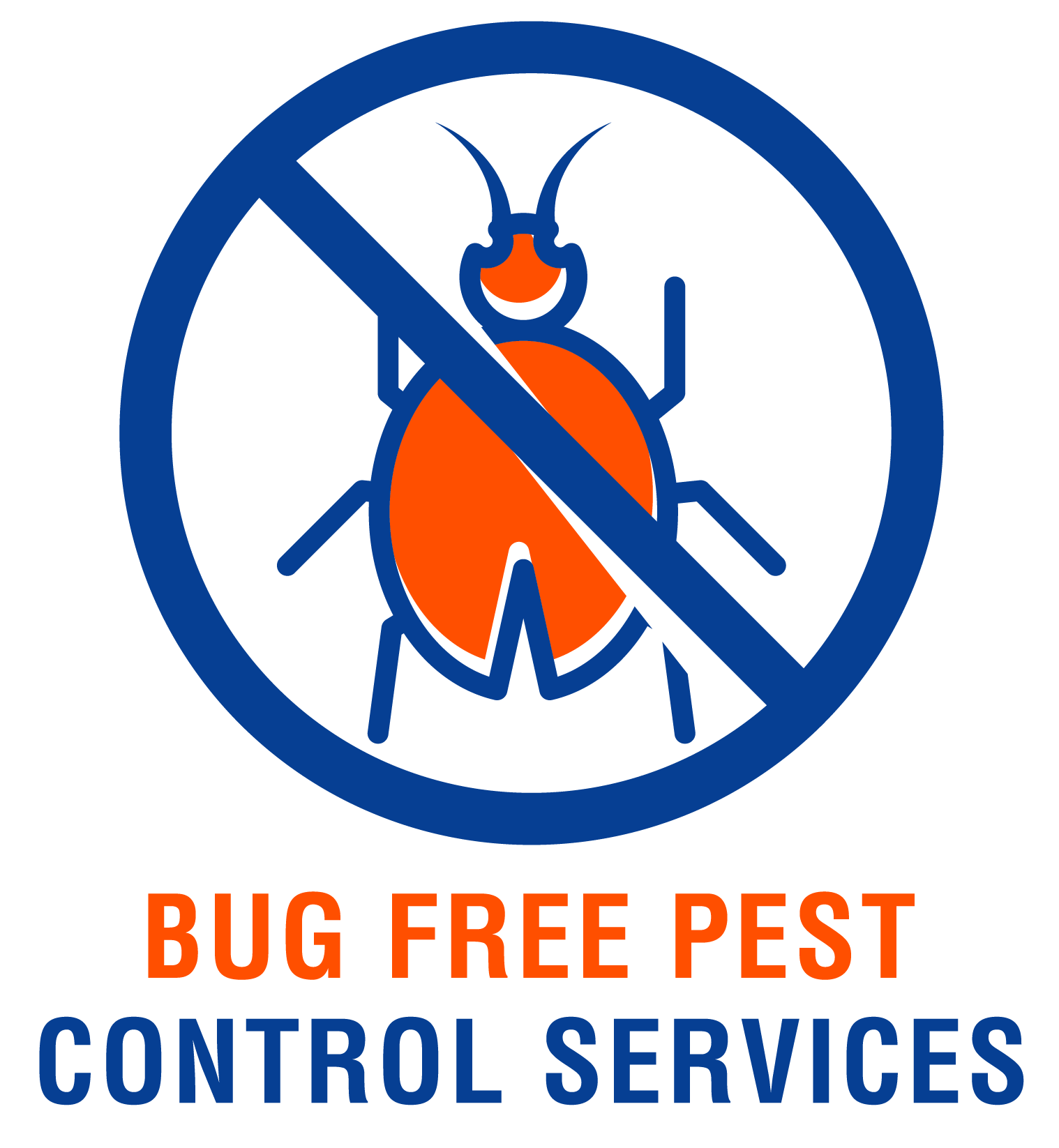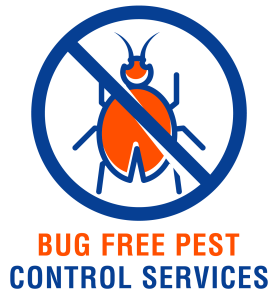Welcome to our guide on how to control spider mites on indoor plants! Spider mites may be tiny, but they can wreak havoc on your beloved indoor greenery if left unchecked. In this article, you will learn effective methods for identifying, preventing, and treating spider mite infestations, ensuring your plants stay healthy and vibrant. Don’t let these pesky critters ruin your indoor oasis – let’s take control together! Have you noticed tiny webs forming on your indoor plants or seen small pests crawling around the leaves? If so, you may be dealing with spider mites. These minuscule pests can quickly multiply and wreak havoc on your beloved houseplants if left unchecked.
Identifying Spider Mites
Spider mites are not actually insects but are part of the arachnid family. They are tiny pests, with adults measuring only about 1/50 of an inch. They usually have oval-shaped bodies and come in various colors, such as red, yellow, green, or brown. Spider mites are often found on the underside of plant leaves, where they suck out the plant’s sap, causing damage and weakening the plant over time.
Identifying spider mites can be challenging due to their small size, but closely inspecting your plants for signs of infestation is crucial. Look for fine webs or silk-like threads on the plant leaves, as these are a clear indication of spider mite presence. You may also notice tiny yellow or white specks on the leaves, which are their eggs.
Signs of Spider Mite Infestation
Spider mite infestations can quickly spiral out of control if left unattended. Here are some common signs that your indoor plants may be affected by spider mites:
- Yellowing or stippling of leaves
- Fine webbing on the underside of leaves
- Reduced plant vigor and growth
- Leaves curling or shriveling up
- Visible tiny specks (adult mites) moving on leaves
If you notice any of these signs on your plants, it’s essential to take immediate action to control the spider mites and prevent further damage.
Natural Remedies for Spider Mite Control
When it comes to dealing with spider mites on indoor plants, prevention is key. Using natural remedies can effectively control spider mite infestations while keeping your plants safe from harsh chemicals. Here are some eco-friendly methods to try:
Regularly Shower Your Plants
One of the simplest ways to keep spider mites at bay is by regularly showering your plants with water. Spider mites thrive in dry, dusty conditions, and a strong blast of water can dislodge and wash away these pests. Be sure to focus on the underside of leaves where spider mites tend to gather.
Introduce Beneficial Insects
Beneficial insects like ladybugs, predatory mites, and lacewings are natural predators of spider mites. Introducing these helpful creatures into your indoor garden can help control spider mite populations without the use of chemicals. You can purchase these beneficial insects at your local garden center and release them onto your plants.
Neem Oil Spray
Neem oil is a potent natural insecticide that can effectively control spider mites on indoor plants. Mix neem oil with water according to the instructions on the product label and spray it on the affected plants. Neem oil works by suffocating spider mites and disrupting their life cycle, preventing further infestations.
Homemade Soap Spray
A homemade soap spray made from mild dish soap and water can also help eliminate spider mites. Mix a few drops of dish soap in water and spray it on your plants, focusing on the undersides of leaves where spider mites hide. The soap solution will suffocate the mites and reduce their population.
Chemical Treatments for Severe Infestations
If natural remedies are not effective in controlling a severe spider mite infestation, you may need to resort to chemical treatments. While chemical pesticides should be used as a last resort, they can effectively eradicate spider mites when used correctly. Here are some common chemical treatments for spider mites:
Insecticidal Soap
Insecticidal soap is a low-toxicity pesticide that can be used to control spider mites on indoor plants. It works by disrupting the cell membranes of the pests, causing them to dehydrate and die. Follow the instructions on the product label when applying insecticidal soap to ensure safe and effective use.
Miticides
Miticides are chemical pesticides specifically formulated to target mites, including spider mites. These products are more potent than insecticidal soap and should be used with caution. Be sure to follow the manufacturer’s instructions carefully and wear protective gear when applying miticides to your plants.
Systemic Insecticides
Systemic insecticides are absorbed by the plant and work from within to kill pests like spider mites when they feed on the plant’s sap. While systemic insecticides can be effective in controlling spider mites, they should be used sparingly due to their potential impact on beneficial insects and the environment.
Preventing Future Spider Mite Infestations
After successfully eliminating spider mites from your indoor plants, it’s essential to take preventive measures to avoid future infestations. Here are some tips to prevent spider mites from coming back:
Maintain Humidity Levels
Spider mites thrive in dry environments, so maintaining adequate humidity levels in your home can help deter these pests. You can use a humidifier to increase humidity around your plants or place trays filled with water near your plants to create a more humid environment.
Regularly Inspect Your Plants
Regularly inspecting your indoor plants for signs of spider mites is crucial in catching infestations early. Check the undersides of leaves, along stems, and in leaf axils for any signs of spider mite activity. By catching infestations early, you can prevent them from spreading to other plants.
Quarantine Infested Plants
If you notice spider mites on one of your indoor plants, it’s essential to quarantine the infested plant to prevent the pests from spreading to other plants. Place the affected plant in a separate room or area away from your other plants until you have successfully eradicated the spider mites.
Prune and Dispose of Infested Leaves
Pruning and disposing of severely infested leaves can help prevent the spread of spider mites to healthy parts of the plant. Use sharp scissors or pruning shears to remove affected leaves and dispose of them in a sealed bag to prevent the mites from spreading to other plants.
Conclusion
Dealing with spider mites on indoor plants can be a frustrating experience, but with the right techniques and treatments, you can effectively control and prevent infestations. By identifying the signs of spider mite activity, using natural remedies, and resorting to chemical treatments when necessary, you can keep your houseplants healthy and spider mite-free. Remember to take preventive measures to avoid future infestations and always monitor your plants for signs of pests. With diligence and care, you can protect your indoor plants from these tiny but destructive pests.


